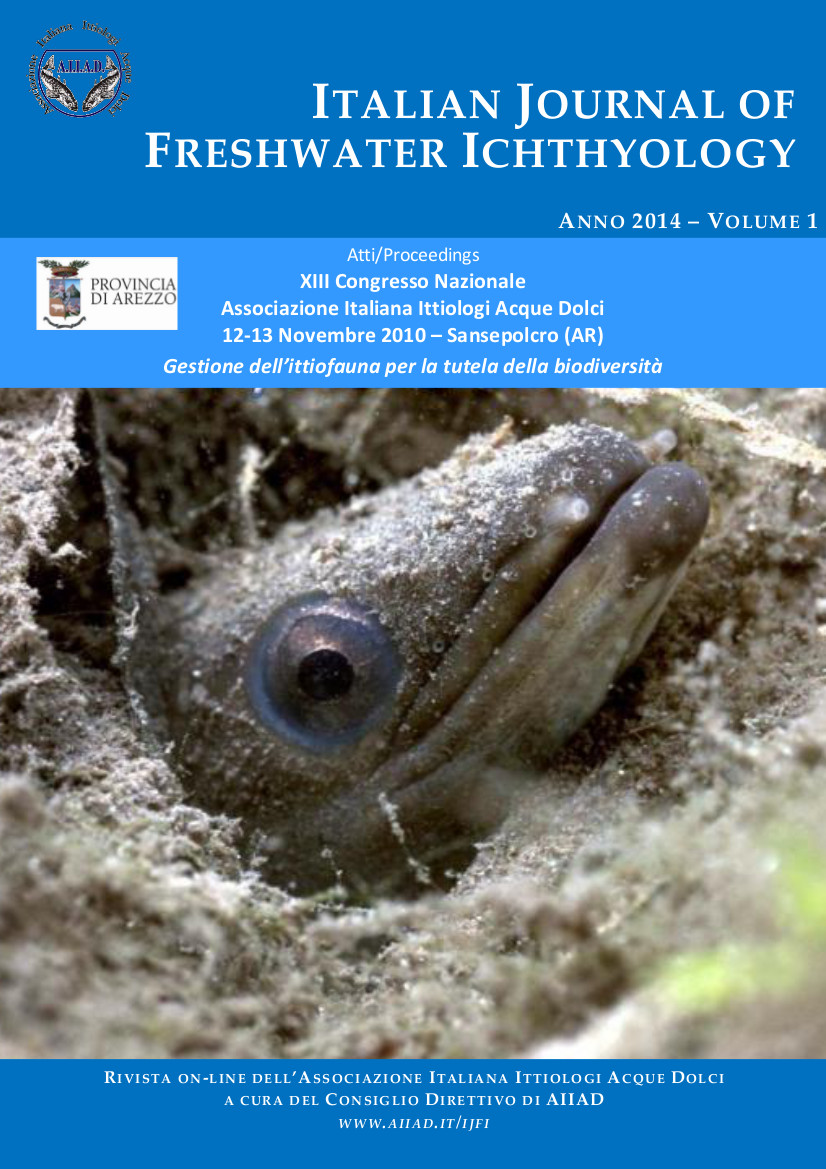Status quo of the re-introduction of allis shad (Alosa alosa) to the river Rhine system
Abstract
The overall objective of this European Life project is the conservation and protection of allis shad in Europe. The distribution range of the species has decreased dramatically during the last 100 years. In this project with financial and practical support of three Rhine bordering countries (Netherlands, Germany, France) the objective is the re-introduction of allis shad in the Rhine System. 150 years ago several hundred thousand allis shads have been caught annually in the Rhine System and they were an important economic factor for the local population. Only 30 years later the population collapsed. With the stocking of allis shad larvae it shall be achieved that mature allis shad will migrate into the river again and build a healthy population which will not need accompanying stocking activities in the future. The project application was accompanied by extensive preliminary studies including e.g. genetic and habitat analyses and rearing and marking experiments. The first European mass production fish farm opened in 2008 and in the first 3 years of operation 4.8 million shad larvae were produced and stocked in the River Rhine. All fish were marked with oxytetracycline. Stocking was accompanied by monitoring campaigns and applied research on the influence of navigation induced waves. Between September and October 2010, a professional fishermen located at the Lower Rhine in Germany was able to catch 27 juvenile allis shad with a mean TL of 12 cm on their downstream migration to the Sea. This is the first proof of allis shad juveniles since the collapse of the population about 60 years ago. An analysis of the otholiths proved that these fish originate from the stocking campaigns and they are an important indicator that habitat quality and food availability is still sufficient for Allis shad development in the Rhine System. First returning shads are expected from 2013 onwards.


